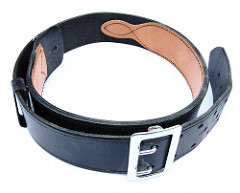Spanking with a Belt is not Per Se Child Abuse

The Utah Supreme Court disagreed with a juvenile court’s ruling that any spanking or striking a child with a belt or object is per se child abuse.
In a juvenile court case, the parents had been accused of child abuse and neglect. As part of the adjudication of the case, the parties stipulated that the parents used a belt to spank the children, including a belt with rhinestones. Based on the stipulated set of facts, the court held that hitting a child with a belt or another object is abuse and causes non-accidental harm; striking or hitting a child at any age can never be appropriate or reasonable discipline; the simple striking of a child with a belt causes pain and is abuse.
The Utah Supreme Court rejected the per se rule found by the trial court and found that the simple finding that spanking a child with a belt occurred is not sufficient to make a finding of harm and child abuse. The court found that the trial court’s definition of child abuse to include anytime an object is used to strike a child is overly broad and could include spanking and otherwise striking a child that does not cause any harm. The court even gave the specific example of a parent hitting a child with a nerf gun. Such action would constitute child abuse under the trial court’s interpretation of the law. Additionally, throwing a pillow or a rolled sock at a child would also constitute child abuse according to the trial court.
The UTah Supreme Court made the point that all the trial court had to do was require evidence of harm and that doing such would not have been difficult. Instead of doing that, the trial court decided to take a per se approach, which just was not supported by the definition of abuse.





